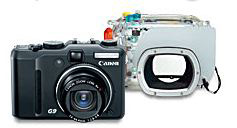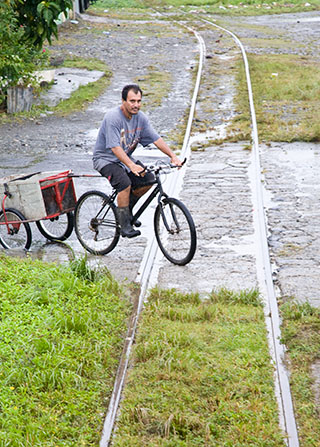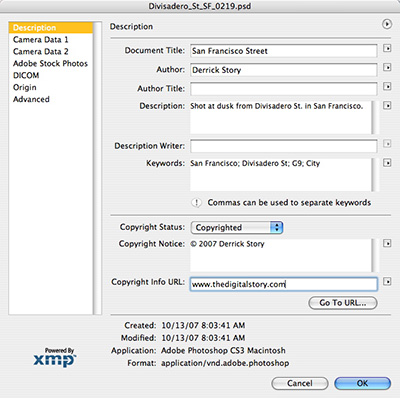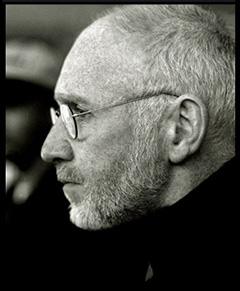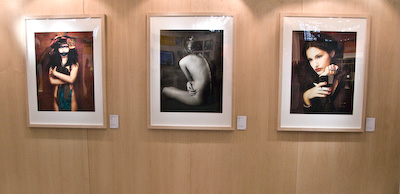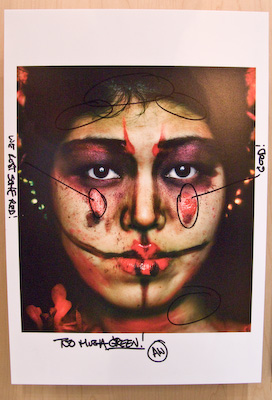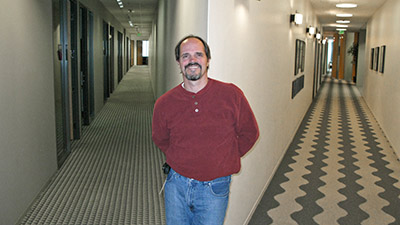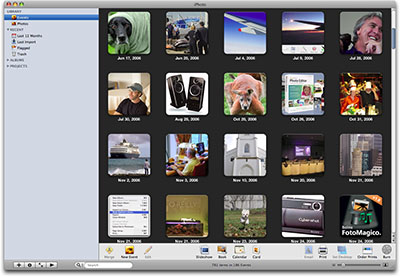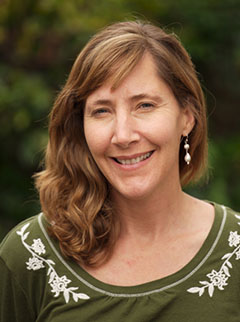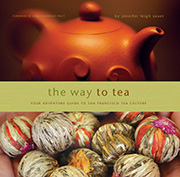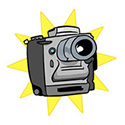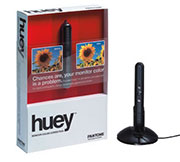
The first step in an accurate color workflow is ensuring your computer monitor is calibrated to printing standards. In this podcast, I cover some steps you can take right now with no additional equipment, then discuss the advantages of using a monitor colorimeter. Even affordable units, such as the Huey for less then $80, can lead to more accurate printing and web pages.
Monthly Photo Assignment
Water is this month's photo assignment. It's time to work with all states of water, from vapor to ice. You can read more about how to submit on our Submissions page. Deadline for entry is Dec 31.
Listen to the Podcast
Now that I've piqued your curiosity, it's time to listen to today's audio show titled, "Monitor Calibration." You can download the podcast here (26 minutes). You can also subscribe to the podcast in iTunes
The Digital Story Podcasts are available for direct download from Apple iPhones. I've created a special mobile download page here. Just load the page in Safari, browse the podcast line-up, and click on the one you want to listen to.
Want to share photos and talk with other members in our virtual camera club? Check out our new Flickr Public Group. It's a blast!
Check out what you can do with an $150 underwater housing and a compact point and shoot by taking a look at my underwater gallery from the Caribbean.
Have you looked at the Park by the Numbers Camera Phone Project? If you have a camera phone, you've got to check this out.
Events! See the TDS Event Calendar for photography workshops, speaking engagements, and trade show appearances.
Technorati Tags: digital photography, equipment, Huey, ICC Profiles, software, Technology, The Digital Story
Sponsor Notes...
Lowepro Bags for Photographers On the Go -- Lowepro gear for every type of camera rig, every type of photographer.
Add Magic to Your Slideshows -- FotoMagico presentations are so amazing that your audience will be asking how you did it.

